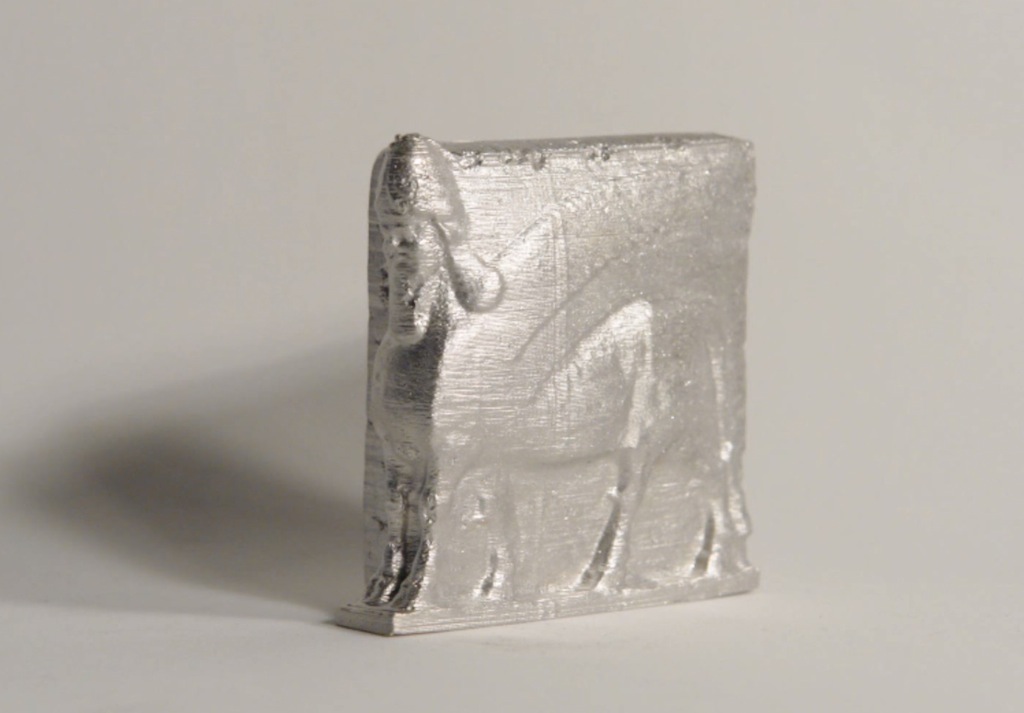
Extraordinary 3D printing experimenter Cosmo Wenman has come up with a feasible technique for producing metal objects using a personal 3D printer.
Wenman is most well-known for his highly detailed 3D scans of famous sculptures, some of which can be found on Thingiverse. He’s also been working on techniques for
creating a metallic-like finish on 3D prints.
But what if you want objects actually 3D printed in metal? You could buy or use an industrial 3D metal printer, but for many Fabbaloo readers that will be far out of their price range. Meanwhile, your personal 3D printer can print in ABS or PLA plastic. So how can this work?
While most metals have high melting points (e.g. aluminum 660C, Copper 1084C, Inconel 1400C, Lead 328C, Silver 961C or Plutonium 640C) and are thus impossible to print on personal 3D printers than can at best manage 280C, Wenman realized that certain metal alloys have melting points that are lower than ABS!
Certain alloys of bismuth have melting points as low as 70C. This means one could actually 3D print an ABS mold and cast liquid bismuth alloy in it!
Wenman has been experimenting with this technique and has established that it works, as you can see in the image at top. The process is straightforward:
- Design a 3D model
- Subtract that model from a solid block, creating the mold
- Print it in ABS
- Melt the bismuth alloy and pour it into the mold
- After cooling, dunk the mold and cast into a jar of acetone
- The acetone gradually dissolves the ABS, revealing the bismuth-metal object
There’s a few issues, of course. First, the specific alloy may contain toxic elements. Wenman discovered the “Cerrosafe” bismuth alloy he initially experimented with also contained lead and highly toxic cadmium. And we must also mention the copious use of acetone, also a substance you really should be careful with. This process is not something you’d want to execute without major ventilation and other safety equipment. It also means the resulting metal cast cannot be used for any food or toy use. He’s still looking for the ideal bismuth alloy.
The results look terrific. The prints are shiny and can be easily worked with. According to Wenman:
Bismuth is machineable; a dremel cuts through it really easily. It’s also drillable, sandable, and, I believe, weldable (not sure on that one though). I don’t know how well it polishes, if at all, but it’s bright silver when cut or freshly cast.
If you’re interested in trying out an easy way to cast metal, check out his full instructions on Thingiverse. But please – be very careful and stay safe.
Via Thingiverse


